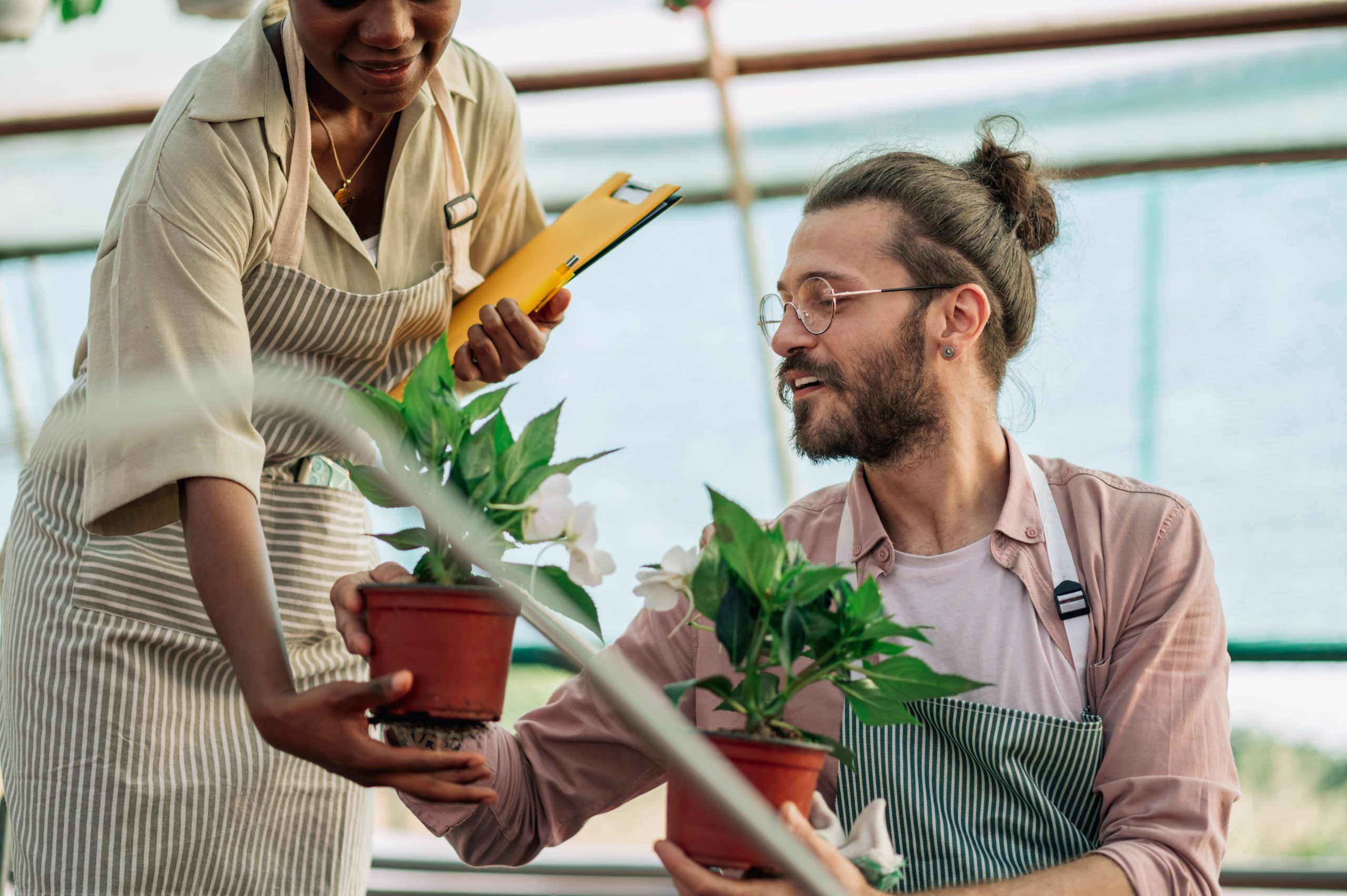
Bringing greenery into a space can transform it from ordinary to tranquil, adding a refreshing touch of nature to your indoor environment. Houseplants not only enhance the visual appeal of your home but also improve air quality and promote a sense of well-being. However, building an indoor jungle doesn’t have to strain your wallet. With a bit of creativity and strategic sourcing, you can fill your home with beautiful plants without breaking the bank. Here are some affordable methods to obtain new houseplants, allowing you to grow your collection on a budget.
1. Propagation: Multiply Your Plant Collection
One of the most cost-effective ways to expand your houseplant collection is through propagation. By using cuttings from existing plants, you can grow new ones without spending a dime. Most common houseplants, such as pothos, spider plants, and succulents, can be easily propagated.
For plants like pothos or philodendrons, simply cut a stem below a node, place it in a jar of water, and wait for roots to develop. Once the roots are substantial, you can plant it in soil. This method is not only economical but also incredibly satisfying as you watch new life sprout from a single cutting.
2. Attend Plant Swaps
Plant swaps are gaining popularity among houseplant enthusiasts. These community events allow participants to trade plants or cuttings with others, fostering a sense of community while diversifying your collection. Look for local gardening clubs or online community groups that organize plant swaps in your area.
If you can’t find an event nearby, consider organizing your own with friends and neighbors. This can be a great way to share gardening tips and experiences while acquiring new plants without spending any money.
3. Explore Online Marketplaces
Online marketplaces like Facebook Marketplace, Craigslist, and local buy/sell/trade groups on social media platforms often have listings for houseplants at affordable prices. Many plant enthusiasts sell excess cuttings or plants they no longer have room for, often at a fraction of the cost of retail.
When buying plants online, always check the seller’s reviews and verify their reputation. Meeting in a public place or even arranging a porch pick-up are safe ways to exchange plants.
4. Visit Plant Clearance Sections
Nurseries, garden centers, and even big box stores like Home Depot or Lowe’s often have clearance sections where they sell plants for a reduced price. These plants might be slightly damaged or out of season, but with a little TLC, they can thrive in your care.
Look for discounts and special offers, particularly at the end of a season or during off-peak times. Keep an eye out for sales events which might offer bulk buying at reduced rates.
5. Utilize Community Resources
Local community centers, botanical gardens, or community colleges sometimes offer free or low-cost classes on gardening and plant care. These events might include plant giveaways or allow you to take home seedlings and cuttings. Additionally, some botanical gardens have plant rescue programs where they rehome excess plants and cuttings.
Libraries and local organizations often host events or workshops that center around sustainable living and gardening practices. Participation in these events may lead not only to new plant acquisitions but also provide valuable knowledge for better plant care.
6. Grow from Seeds
Growing plants from seeds is another affordable method to bulk up your indoor garden. While it takes more time and patience compared to buying a mature plant, it is rewarding and cost-effective. Many houseplants, herbs, and even some vegetables can be grown indoors from seed.
Seeds are widely available at gardening stores, online, or even in some grocery stores. Opt for packets of mixed seeds which can offer variety at a lower cost. Once the seeds germinate and thrive, you can enjoy the unique journey from sprout to fully grown plant.
7. Repurpose Household Items as Planters
Creating new planters from items you already own can save money and add a unique touch to your indoor garden. Glass jars, old mugs, or even plastic containers can be given a new life as plant homes. This not only saves money on plant pots but also encourages sustainable practices by reusing materials you might otherwise discard.
For drainage, you can create holes in plastic containers or use a layer of pebbles at the bottom. Decorate these containers with paints or wraps to match your interior decor for a personalized touch.
8. Leverage Seasonal Plant Sales
During certain times of the year, many stores offer seasonal sales on plants and gardening supplies. After-holiday sales, Black Friday, or end-of-season clearances can provide excellent opportunities to purchase plants at reduced prices. Timing your purchase during these sales can result in significant savings.
In conclusion, building a vibrant indoor garden doesn’t have to be an expensive endeavor. By using techniques such as propagation, attending plant swaps, and exploring community resources, you can expand your houseplant collection affordably. With a little creativity and resourcefulness, you can create an indoor oasis that enriches your home without emptying your wallet. Embrace these cost-effective strategies and watch your indoor garden thrive. Happy planting!













